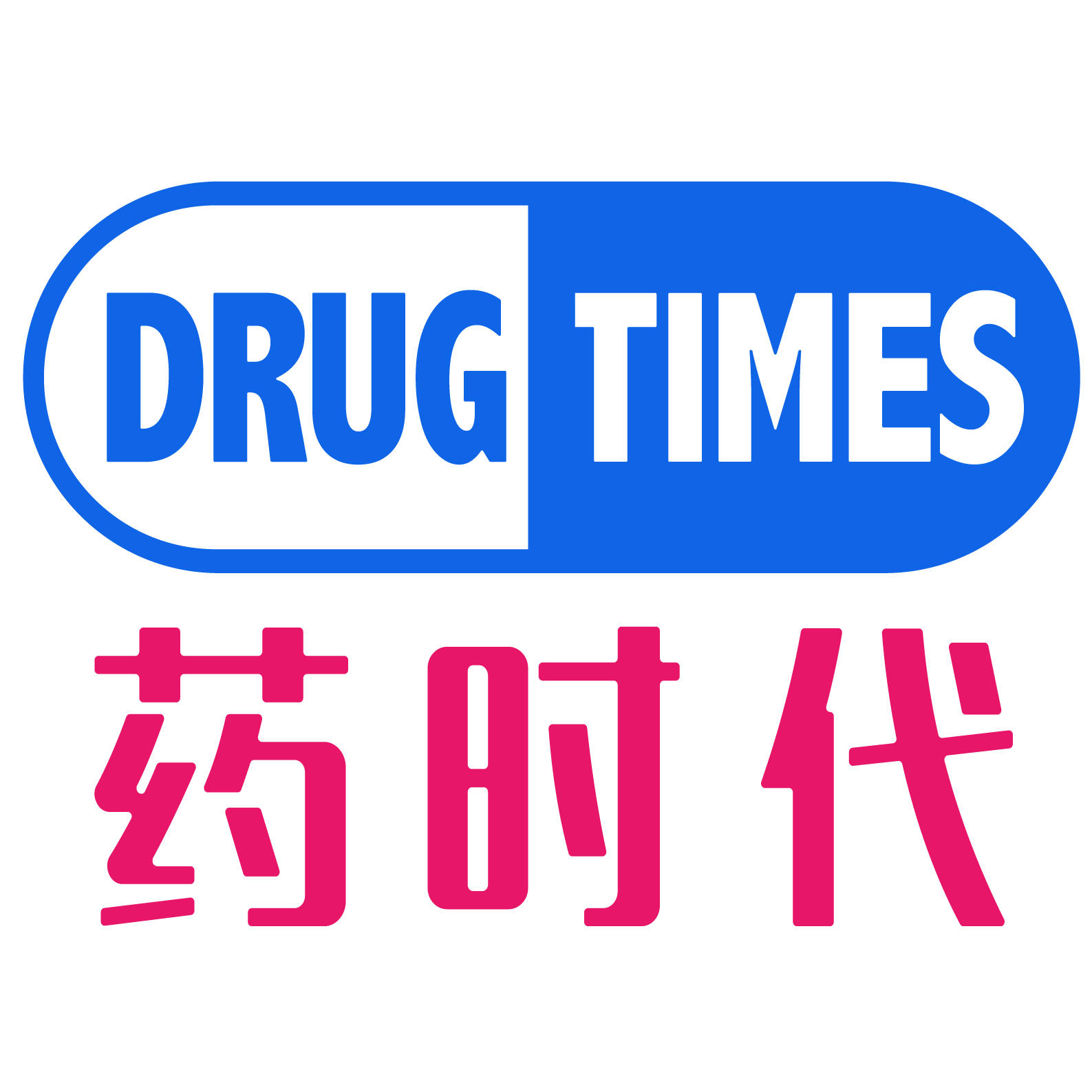Ten years later, Merck decides to re-enter the field of ophthalmology.
In May 2014, Merck announced that it would sell the rights to some (8 marketed + 1 in development) ophthalmic products in Japan, Europe, and the main regions of Asia-Pacific to the Japanese company Santen for $600 million.Prior to this (in 2013), Merck had already sold its ophthalmology business in the United States to Akorn.
Jay Galeota, then President of Merck’s Hospital and Specialty Care division, said in the press release at the time, “The divestment of the ophthalmology business is part of our ongoing strategy to sharpen our commercial focus and improve operational efficiency.”
Now, ten years have passed, and on May 29, 2024, Merck suddenly announced that it will acquire all the outstanding shares of an ophthalmic Biotech (EyeBio) for up to $3 billion, including a $1.3 billion upfront payment and $1.7 billion in milestone payments.
1
At the time, Merck’s decision to divest its ophthalmology business was a move of necessity.
In 2012, the patent for Merck’s blockbuster asthma drug Singulair expired. In 2011, the drug’s annual sales reached $5.479 billion, but after one year, sales plummeted to $3.853 billion. Two years later, facing generic competition, Singulair’s annual sales were cut nearly in half to $1.196 billion, a drop of nearly 80% from 2012.
It’s important to note that at the time, Merck’s revenue pillars, Januvia (sitagliptin) / Janumet (a combination of sitagliptin and metformin), had sales levels of around $5-6 billion ($5.833 billion in 2013, $6.002 billion in 2014).
Misfortunes never come singly. In addition to dealing with the patent cliff of its blockbuster products, Merck’s R&D progress was also not smooth at the time.
In 2011, Merck terminated the phase III clinical trial of an oral CGRP antagonist due to liver toxicity issues. In 2013, Merck’s heavily invested cholesterol-lowering drug, Tredaptive, failed in phase III clinical trials, with an annual R&D budget of $800 million reportedly allocated to the drug.
The timing of these unfortunate events was quite delicate.
In 2009, Merck had just spent $41 billion to acquire Schering-Plough, and the funds were already tight. Coupled with the successive huge losses, what to do? Layoffs and restructuring.
According to incomplete statistics, in 2011, Merck laid off nearly 13,000 employees, and in 2012, Merck announced the closure of some factories and the termination of some R&D projects, involving the dismissal of 8,500 positions.
Subsequently, there was the aforementioned divestment of the ophthalmology business. In fact, in addition to the ophthalmology business, during 2014, Merck also sold its consumer self-care health product business to Bayer for $14.2 billion to recover funds.
2
At the time, Merck’s decision to divest its ophthalmology business was a move of necessity.
In 2012, the patent for Merck’s blockbuster asthma drug Singulair expired. In 2011, the drug’s annual sales reached $5.479 billion, but after one year, sales plummeted to $3.853 billion. Two years later, facing generic competition, Singulair’s annual sales were cut nearly in half to $1.196 billion, a drop of nearly 80% from 2012.
It’s important to note that at the time, Merck’s revenue pillars, Januvia (sitagliptin) / Janumet (a combination of sitagliptin and metformin), had sales levels of around $5-6 billion ($5.833 billion in 2013, $6.002 billion in 2014).
Misfortunes never come singly. In addition to dealing with the patent cliff of its blockbuster products, Merck’s R&D progress was also not smooth at the time.
In 2011, Merck terminated the phase III clinical trial of an oral CGRP antagonist due to liver toxicity issues. In 2013, Merck’s heavily invested cholesterol-lowering drug, Tredaptive, failed in phase III clinical trials, with an annual R&D budget of $800 million reportedly allocated to the drug.
The timing of these unfortunate events was quite delicate.
In 2009, Merck had just spent $41 billion to acquire Schering-Plough, and the funds were already tight. Coupled with the successive huge losses, what to do? Layoffs and restructuring.
According to incomplete statistics, in 2011, Merck laid off nearly 13,000 employees, and in 2012, Merck announced the closure of some factories and the termination of some R&D projects, involving the dismissal of 8,500 positions.
Subsequently, there was the aforementioned divestment of the ophthalmology business. In fact, in addition to the ophthalmology business, during 2014, Merck also sold its consumer self-care health product business to Bayer for $14.2 billion to recover funds.
3
Now, ten years have passed, why has Merck chosen to re-enter the ophthalmology track at this time?
In January 2024, at the JPM conference, Merck’s current CEO Rob Davis said something very assertive. “The focus of the current discussion is undoubtedly Keytruda and 2028, but we are increasingly not concerned about the year 2028, it’s just a year.”
Although Keytruda will face a patent cliff crisis in 2028, Rob Davis has the confidence to say this.
This confidence comes from Keytruda’s more than 40 approved indications, more than 1,400 clinical trials registered on ClinicalTrials, the financial reports showing an annual sales growth of about 20%, and Plan B.
What is Plan B?
Plan B is the backup plan for Keytruda to build a “patent jungle,” that is, to cultivate and find new super blockbusters.
It was still Rob Davis, on February 1, the day Merck announced the financial report for the first quarter of 2024, in the telephone meeting. Different from the previous confidence, this time he stated that the company is still looking for acquisition deals of $1 billion to $15 billion in the market.
In 2023, Merck’s R&D expenses reached an astonishing $30.5 billion, among which phase III clinical trials are undoubtedly the most expensive, which inevitably includes various combination schemes of K-medicine, including the combination with mRNA tumor vaccines, the combination with Trop2 ADC, the classic “cola combination,” and so on.
Of course, it is still a bit difficult to spend $30 billion on self-research alone. Merck also included various milestone payments brought by mergers and acquisitions.
In 2023, Merck acquired Prometheus for $10.8 billion, and then bought three ADCs from Daiichi Sankyo for $22 billion, with the total amount of just these two transactions exceeding $30 billion.
In Merck’s financial report for the fourth quarter of 2023, it can be found that the project in cooperation with Daiichi Sankyo spent $5.5 billion in R&D expenses.
This is the substantive manifestation of cultivating and finding new super blockbusters.
4
Since it is Merck’s strategic need, why choose to “revisit” the field of ophthalmology?
Firstly, the market size has changed significantly. According to the “Current Status and Future Trends of Ophthalmic Drug Market Development Research Report” released by Frost & Sullivan in 2022, the global ophthalmic drug market size grew from $27.7 billion to $32.7 billion from 2016 to 2020, with a compound annual growth rate of 4.2%. It is expected to reach $46.4 billion by 2025 and $73.9 billion by 2030.
With the market size expanding rapidly, a number of blockbuster ophthalmic drugs have emerged. Among them, Bayer and Regeneron’s Eylea (aflibercept) are leading the way, with annual sales of $9.383 billion in 2023; followed by Roche’s Faricimab, with annual sales of $2.634 billion in 2023. The key is that this drug was only approved by the FDA in 2022, with a compound annual growth rate as high as 324%.
Secondly, it is the rapid iteration ability of differentiated products. Compared with the current ophthalmic drug king Eylea, Ranibizumab, as the world’s first marketed VEGF monoclonal antibody, also had a glorious history of annual sales of $4 billion (in 2014), but Eylea surpassed the latter in just 5 years after its launch.
Domestically, there are also many players in the field of ophthalmology, some of whom want to take a different path and carve out their own way. Ruiming New Medicine’s new drug targeting neovascularization in the fundus, a 1.1 class eye drop, is also targeting the same large market as EyeBio in terms of target channel and indications. The clinical phase I was completed in 2023, and the clinical phase II has now been launched, with a promising future.
In addition, Ruiming New Medicine’s another new drug targeting the treatment of anterior segment vascular and tissue fibrosis, a 1.1 class eye drop, has successfully completed phase II clinical trials in the United States, with top-line results, and has now become a hot target pursued by capital and the industry.
At the same time, some people want to follow quickly and take advantage of the “king of drugs” dividend. In December last year, its Eylea biosimilar was approved by the NMPA for marketing, becoming the first domestic imitation.
Looking back from an international perspective, there is now Faricimab catching up, and it is hard for Merck to resist the temptation to “bet”. As long as the BIC (Best-in-Class) is bet on, the future ophthalmic drug king may not just be a dream.
Reference materials:
1. Official websites of Merck (MSD)
2. Official websites of EyeBio
3. Other publicly available information
Author: DrugTimes Team
Note: Please kindly share your comments. We warmly welcome all of them, including criticism. Thank you very much!
发布者:DrugTimes001,转载请首先联系contact@drugtimes.cn获得授权

 为好文打赏 支持药时代 共创新未来!
为好文打赏 支持药时代 共创新未来! 
